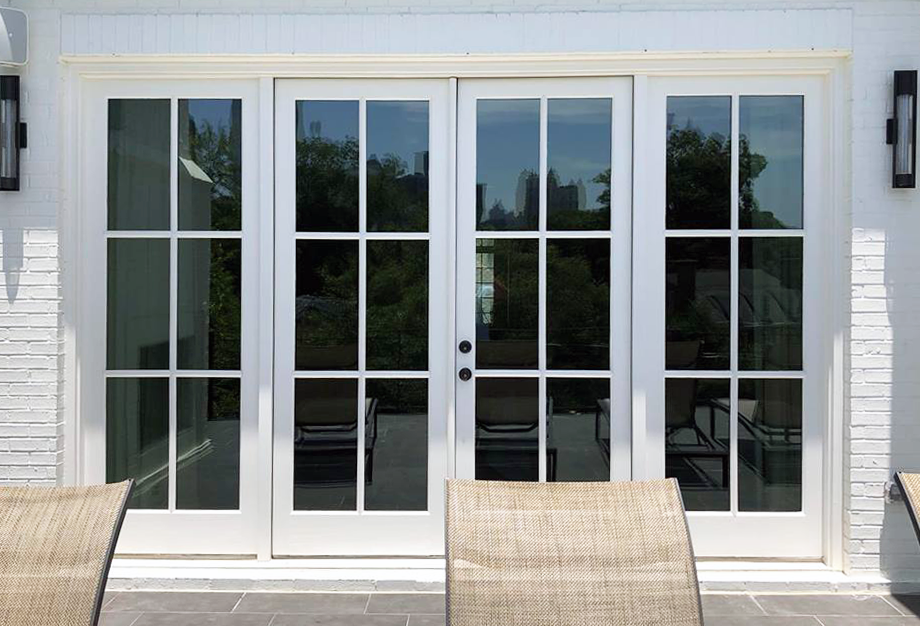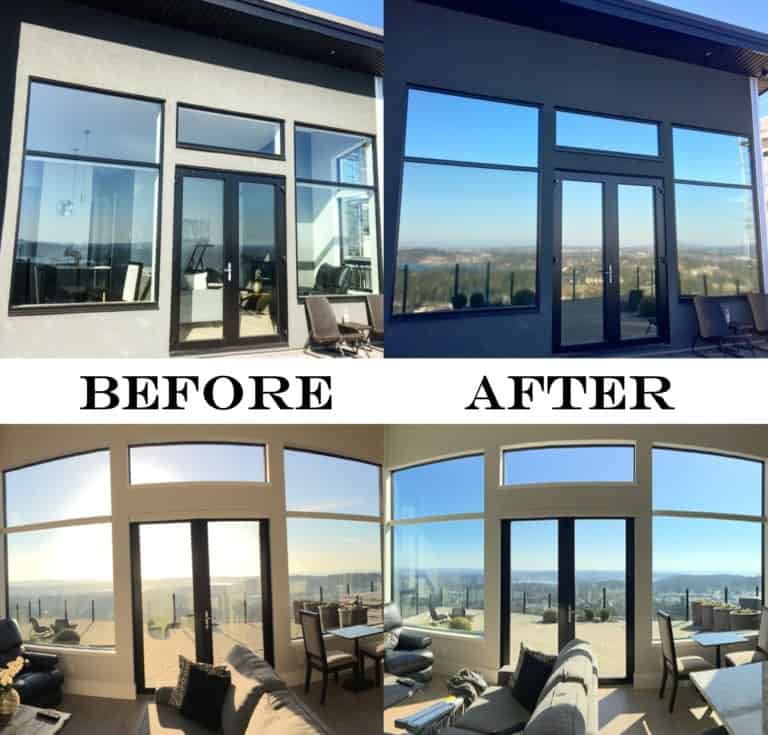Residential Window Tint: Improve Privacy and Design in Your Home
Residential Window Tint: Improve Privacy and Design in Your Home
Blog Article
Just How Residential Window Tinting Boosts Your Home's Energy Efficiency
Residential home window tinting presents an engaging solution for home owners seeking to boost energy performance within their space. By using specialized films to windows, it properly decreases warm transfer, consequently supporting indoor temperature levels and minimizing the requirement for excessive heating or cooling. This not only cuts energy usage yet also supplies a more comfortable setting by mitigating glare. Recognizing the nuances of exactly how tinting jobs and picking the suitable type for your home can be essential. Oddly, what elements should one think about prior to making this financial investment?
Comprehending Home Window Tinting
Understanding window tinting is essential for property owners looking for to boost both convenience and power effectiveness in their space. Residential Window Tint. Home window tinting entails the application of a slim film to the interior or exterior surface of glass windows. This film can substantially regulate the quantity of sunshine and warmth that enters a home, thus influencing interior environment problems
There are various kinds of home window tinting films offered, each with unique residential or commercial properties. For instance, colored movies absorb solar power, while reflective movies deflect it away from the glass surface. Ceramic movies use a balance of visibility and warmth denial, making them a prominent choice amongst home owners. The performance of window tinting is typically determined by its Visible Light Transmission (VLT) percentage, which shows just how much light can pass with the film.
Benefits of Energy Performance
Window tinting not just improves looks however additionally plays a considerable role in enhancing energy effectiveness within domestic spaces. By reducing warm transfer via windows, colored films produce an extra stable interior environment, which can result in substantial reductions in energy intake for heating & cooling. This energy effectiveness converts into lower energy costs, offering homeowners with significant long-lasting savings.

Furthermore, window tinting boosts the convenience of living spaces. By minimizing glow and blocking hazardous UV rays, colored windows create an even more enjoyable environment, which can bring about enhanced well-being for owners. The security against UV rays additionally helps maintain furniture and floor covering from fading, adding to the longevity of house products.
Just How Tinting Works
Tinting movies operate via a combination of innovative materials and modern technologies created to control the quantity of solar power going into a home. Largely composed of polyester, these movies typically incorporate metal or ceramic bits that absorb and mirror warm. This twin ability allows them to dramatically decrease the infiltration of ultraviolet (UV) rays and infrared radiation while permitting noticeable light to pass through.
The performance of window tinting is determined by its solar warmth gain coefficient (SHGC), which indicates exactly how much solar power is transmitted with the window. Reduced SHGC values are better as they denote higher warmth rejection. Furthermore, home window tints can include a selection of shades, allowing home owners to customize their aesthetic preferences while improving power performance.
Furthermore, these films function as an obstacle, protecting against heat loss during chillier months by showing indoor heat back right into the living space. This thermal insulation impact matches the air conditioning benefits gotten throughout warmer months, adding to a balanced indoor climate year-round. By handling solar power properly, residential window tinting not only improves convenience but also plays Bonuses an important function in minimizing energy usage and reducing energy costs.
Picking the Right Color

There are numerous sorts of home window films offered, consisting of colored, metalized, and ceramic. Dyed films are cost-efficient but might have restricted longevity. Metalized films supply much better warmth denial but can hinder digital signals. Ceramic films offer superb heat control without jeopardizing presence and are very durable, making them a prominent choice.
Visible light transmission (VLT) is another important variable, as it shows the quantity of all-natural light that can go through the colored glass. Home owners should select a tint with a VLT that complements their lighting preferences while still providing sufficient glare reduction.
Additionally, evaluating the solar warm gain coefficient (SHGC) can help identify exactly how well a tint can block heat from sunshine. A reduced SHGC shows far better warmth control, inevitably improving power performance.
Setup and Maintenance Tips
Appropriate installment and maintenance are crucial parts in maximizing the advantages of household home window tinting. Professionals likewise utilize specialized techniques and devices, which can boost the toughness and efficiency of click this link the tint.
Adhering to installation, maintenance is necessary to extend the life of the home window film. It is recommended to wait a minimum of thirty days before cleansing the colored windows to enable the sticky to heal fully. When cleaning, utilize a soft towel and a mild, ammonia-free cleaner to avoid damaging the movie. Stay clear of unpleasant materials that might scrape the surface area.
Resolving these problems immediately can stop additional damage and maintain power performance. By sticking to these setup and maintenance tips, house owners can guarantee their window tinting proceeds to give significant power cost savings and comfort for years to come.
Final Thought
In verdict, household home window tinting functions as an effective remedy for improving energy performance within homes. By minimizing heat transfer and obstructing dangerous UV rays, window movies add to lower power consumption and boosted indoor convenience. The choice of appropriate tinting products, along with correct setup and upkeep, even more makes best use of these advantages. Ultimately, home window tinting represents a lasting investment that not just reduces utility costs however additionally promotes a comfy living environment throughout the year.
Home window tinting involves the application of a slim film to the inside or outside surface area of glass home windows. By reducing warm transfer via windows, tinted movies develop a more steady interior climate, which can lead to considerable decreases in power consumption for heating and cooling.The efficiency of home window tinting is gauged by its solar heat gain coefficient (SHGC), which indicates exactly how much solar power is transmitted through the home window. By taking care of solar power effectively, domestic home window tinting not just enhances comfort yet additionally plays a vital role in reducing energy consumption and lowering utility bills.
By decreasing heat transfer and blocking hazardous UV rays, home window movies add to decrease power usage and enhanced interior comfort.
Report this page